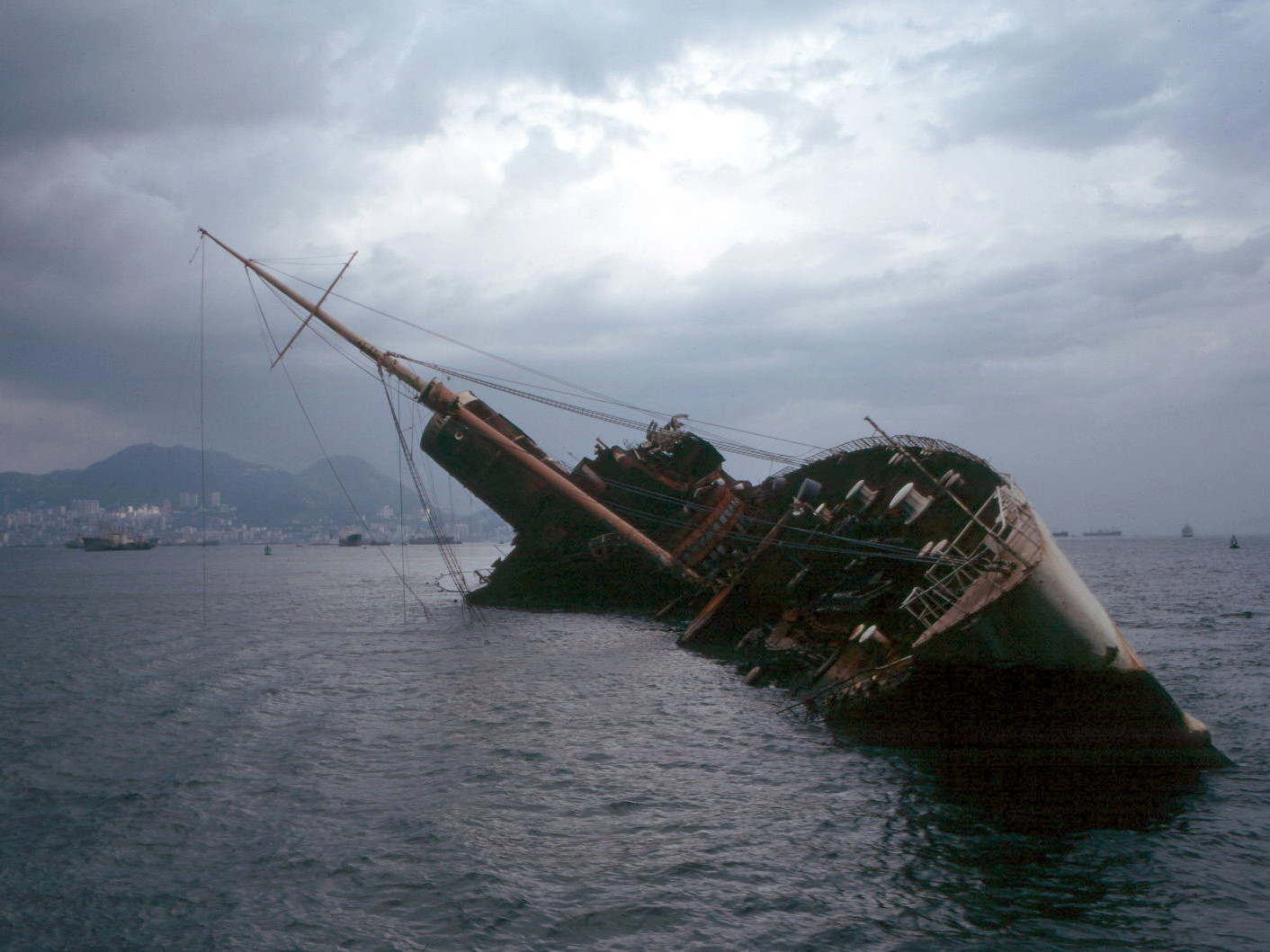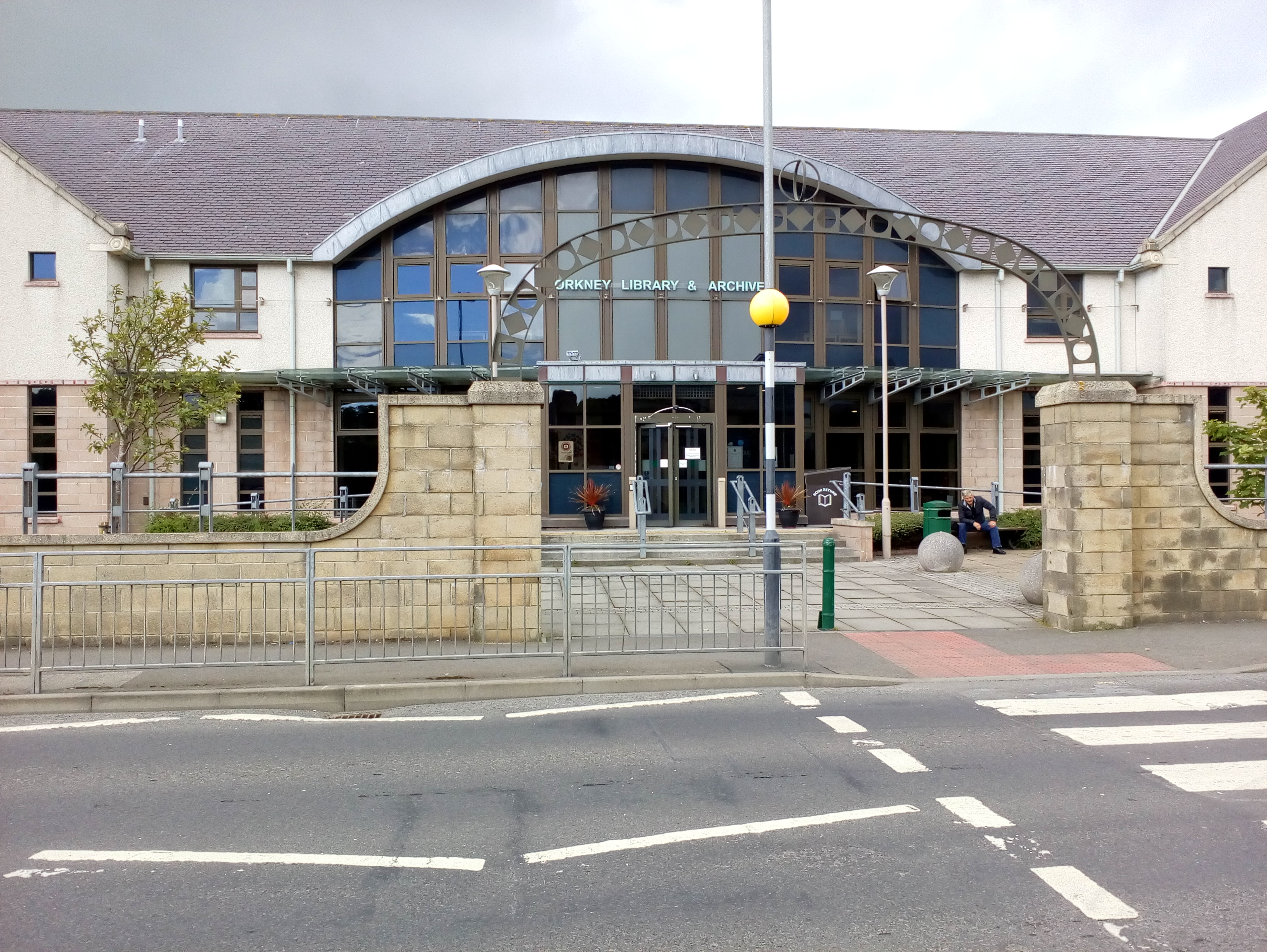|
USS Chesapeake (ID-3395)
The third USS ''Chesapeake'' (ID-3395) was a United States Navy salvage ship in commission from March to October 1919. SS ''Chesapeake'' was built in 1900 as a commercial cargo ship at Wilmington, Delaware, by Harlan and Hollingsworth. The U.S. Navy's Third Naval District inspected her at New York City on 28 March 1918 for possible World War I service. The Navy purchased her on 31 August 1918, assigned her Identification Number (Id. No.) 3395, fitted her out at New York City as a salvage ship, and commissioned her as USS ''Chesapeake'' on 22 March 1919. ''Chesapeake'' departed New York on 12 May 1919 bound for Brest, France, where she joined the First Salvage Division supporting U.S. Naval Forces Operating in European Waters, caring for the many ships engaged in supporting the Army of Occupation and other post-World War I American military activities in Europe. In August 1919 nshe joined the force clearing the North Sea of the North Sea Mine Barrage, the vast minefields laid ... [...More Info...] [...Related Items...] OR: [Wikipedia] [Google] [Baidu] |
Army Of Occupation (World War I)
{{mil-unit-dis ...
Army of Occupation may refer to: * Army of Occupation (Mexico), the U.S. Army commanded by Zachary Taylor during the Mexican–American War * Army of Occupation (Germany), formed twice by the British Army of the Rhine following World Wars I and II respectively See also * Military occupation * List of military occupations This article presents a list of military occupations, both historic and contemporary, but only those that have taken place since the customary laws of belligerent military occupation were first clarified and supplemented by the Hague Convention ... [...More Info...] [...Related Items...] OR: [Wikipedia] [Google] [Baidu] |
Ships Built By Harlan And Hollingsworth
A ship is a large vessel that travels the world's oceans and other navigable waterways, carrying cargo or passengers, or in support of specialized missions, such as defense, research and fishing. Ships are generally distinguished from boats, based on size, shape, load capacity and purpose. Ships have supported exploration, trade, warfare, migration, colonization, and science. Ship transport is responsible for the largest portion of world commerce. The word ''ship'' has meant, depending on the era and the context, either just a large vessel or specifically a ship-rigged sailing ship with three or more masts, each of which is square-rigged. The earliest historical evidence of boats is found in Egypt during the 4th millennium BCE. In 2024, ships had a global cargo capacity of 2.4 billion tons, with the three largest classes being ships carrying dry bulk (43%), oil tankers (28%) and container ships (14%). Nomenclature Ships are typically larger than boats, but there is no u ... [...More Info...] [...Related Items...] OR: [Wikipedia] [Google] [Baidu] |
Marine Salvage
Marine salvage is the process of recovering a ship and its cargo after a shipwreck or other maritime casualty. Salvage may encompass towing, lifting a vessel, or effecting repairs to a ship. Salvors are normally paid for their efforts. However, protecting the coastal environment from oil spillages or other Contamination, contaminants from a modern ship can also be a motivator, as oil, cargo, and other pollutants can easily leak from a wreck and in these instances, governments or authorities may organise the salvage. Before the invention of radio, salvage services would be given to a stricken vessel by any passing ship. Today, most salvage is carried out by specialist salvage firms with dedicated crews and equipment. Law of salvage, The legal significance of salvage is that a successful salvorsalvor: A person or company involved in salvage activities. is entitled to a reward, which is a proportion of the total value of the ship and its cargo. The bounty is determined subsequen ... [...More Info...] [...Related Items...] OR: [Wikipedia] [Google] [Baidu] |
United Kingdom
The United Kingdom of Great Britain and Northern Ireland, commonly known as the United Kingdom (UK) or Britain, is a country in Northwestern Europe, off the coast of European mainland, the continental mainland. It comprises England, Scotland, Wales and Northern Ireland. The UK includes the island of Great Britain, the north-eastern part of the island of Ireland, and most of List of islands of the United Kingdom, the smaller islands within the British Isles, covering . Northern Ireland shares Republic of Ireland–United Kingdom border, a land border with the Republic of Ireland; otherwise, the UK is surrounded by the Atlantic Ocean, the North Sea, the English Channel, the Celtic Sea and the Irish Sea. It maintains sovereignty over the British Overseas Territories, which are located across various oceans and seas globally. The UK had an estimated population of over 68.2 million people in 2023. The capital and largest city of both England and the UK is London. The cities o ... [...More Info...] [...Related Items...] OR: [Wikipedia] [Google] [Baidu] |
Orkney
Orkney (), also known as the Orkney Islands, is an archipelago off the north coast of mainland Scotland. The plural name the Orkneys is also sometimes used, but locals now consider it outdated. Part of the Northern Isles along with Shetland, Orkney is 10 miles (16 km) north of Caithness and has about 70 islands, of which 20 are inhabited.Haswell-Smith (2004) pp. 336–403. The largest island, the Mainland, Orkney, Mainland, has an area of , making it the List of islands of Scotland, sixth-largest Scottish island and the List of islands of the British Isles, tenth-largest island in the British Isles. Orkney's largest settlement, and also its administrative centre, is Kirkwall. Orkney is one of the 32 Subdivisions of Scotland, council areas of Scotland, as well as a Orkney (Scottish Parliament constituency), constituency of the Scottish Parliament, a Lieutenancy areas of Scotland, lieutenancy area, and an counties of Scotland, historic county. The local council is Orkney I ... [...More Info...] [...Related Items...] OR: [Wikipedia] [Google] [Baidu] |
Kirkwall
Kirkwall (, , or ; ) is the largest town in Orkney, an archipelago to the north of mainland Scotland. First mentioned in the ''Orkneyinga saga'', it is today the location of the headquarters of the Orkney Islands Council and a transport hub with ferries to many locations. It is the centre of the St Magnus Festival, St Magnus International Festival and is also a popular stopping off point for cruise ships. St Magnus Cathedral stands at the heart of the town. Etymology The name Kirkwall comes from the Old Norse, Norse name meaning "church bay", the settlement having been established by the Norsemen in the 11th century. As late as 1525 the name is recorded as Kirkevaag. This became in time "Kirkwaa" and then eventually Kirkwall - but how the second syllable came to be spelled "wall" is not certain. MacBain quotes F. W. L. Thomas: "How, I ask, could ''vágr'' come to be represented by wall? Whence came the ''ll''? Was it that Scottish immigrants finding the sound of ''vá'' repre ... [...More Info...] [...Related Items...] OR: [Wikipedia] [Google] [Baidu] |
Liverpool
Liverpool is a port City status in the United Kingdom, city and metropolitan borough in Merseyside, England. It is situated on the eastern side of the River Mersey, Mersey Estuary, near the Irish Sea, north-west of London. With a population of (in ), Liverpool is the administrative, cultural and economic centre of the Liverpool City Region, a combined authority, combined authority area with a population of over 1.5 million. Established as a borough in Lancashire in 1207, Liverpool became significant in the late 17th century when the Port of Liverpool was heavily involved in the Atlantic slave trade. The port also imported cotton for the Textile manufacture during the British Industrial Revolution, Lancashire textile mills, and became a major departure point for English and Irish emigrants to North America. Liverpool rose to global economic importance at the forefront of the Industrial Revolution in the 19th century and was home to the Liverpool and Manchester Railway, firs ... [...More Info...] [...Related Items...] OR: [Wikipedia] [Google] [Baidu] |
Minesweeper
A minesweeper is a small warship designed to remove or detonate naval mines. Using various mechanisms intended to counter the threat posed by naval mines, minesweepers keep waterways clear for safe shipping. History The earliest known usage of the naval mine dates to the Ming dynasty.Needham, Volume 5, Part 7, 203–205. Dedicated minesweepers, however, only appeared many centuries later during the Crimean War, when they were deployed by the British. The Crimean War minesweepers were rowboats trailing Grappling hook, grapnels to snag mines. Minesweeping technology picked up in the Russo-Japanese War, using aging torpedo boats as minesweepers. In Britain, naval leaders recognized before the outbreak of World War I that the development of sea mines was a threat to the nation's shipping and began efforts to counter the threat. Sir Arthur Wilson, 3rd Baronet, Sir Arthur Wilson noted the real threat of the time was a blockade aided by mines and not an invasion. The function of the ... [...More Info...] [...Related Items...] OR: [Wikipedia] [Google] [Baidu] |
Minelaying
A minelayer is any warship, submarine, military aircraft or land vehicle deploying explosive mines. Since World War I the term "minelayer" refers specifically to a naval ship used for deploying naval mines. "Mine planting" was the term for installing controlled mines at predetermined positions in connection with coastal fortifications or harbor approaches that would be detonated by shore control when a ship was fixed as being within the mine's effective range. An army's special-purpose combat engineering vehicles used to lay landmines are sometimes called "minelayers". Etymology Before World War I, mine ships were termed mine planters generally. For example, in an address to the United States Navy ships of Mine Squadron One at Portland, England, Admiral Sims used the term "mine layer" while the introduction speaks of the men assembled from the "mine planters". During and after that war the term "mine planter" became particularly associated with defensive coastal fortificati ... [...More Info...] [...Related Items...] OR: [Wikipedia] [Google] [Baidu] |
Naval Mine
A naval mine is a self-contained explosive weapon placed in water to damage or destroy surface ships or submarines. Similar to anti-personnel mine, anti-personnel and other land mines, and unlike purpose launched naval depth charges, they are deposited and left to wait until, depending on their fuzing, they are triggered by the approach of or contact with any vessel. Naval mines can be used offensively, to hamper enemy shipping movements or lock vessels into a harbour; or defensively, to create "safe" zones protecting friendly sea lanes, harbours, and naval assets. Mines allow the minelaying force commander to concentrate warships or defensive assets in mine-free areas giving the adversary three choices: undertake a resource-intensive and time-consuming minesweeping effort, accept the casualties of challenging the minefield, or use the unmined waters where the greatest concentration of enemy firepower will be encountered. Although international law requires signatory nations ... [...More Info...] [...Related Items...] OR: [Wikipedia] [Google] [Baidu] |
North Sea Mine Barrage
The North Sea Mine Barrage, also known as the Northern Barrage, was a large minefield laid easterly from the Orkney Islands to Norway by the United States Navy (assisted by the Royal Navy) during World War I. The objective was to inhibit the movement of U-boats from bases in Germany to the Atlantic shipping lanes bringing supplies to the British Isles. Rear Admiral Lewis Clinton-Baker, commanding the Royal Navy minelaying force at the time, described the barrage as the "biggest mine planting stunt in the world's history."Belknap, Reginald Rowan ''The Yankee mining squadron; or, Laying the North Sea mining barrage'' (1920) United States Naval Institute pp.5,15,18-22,27-36,43-47,56,82-83,101&108 Larger fields with greater numbers of mines were laid during World War II. Concept The idea of a mine barrage across the North Sea was first proposed in the summer of 1916 by Admiral Reginald Bacon and was agreed at the Allied Naval Conference on 5 September 1917. The Royal Navy—and ... [...More Info...] [...Related Items...] OR: [Wikipedia] [Google] [Baidu] |









